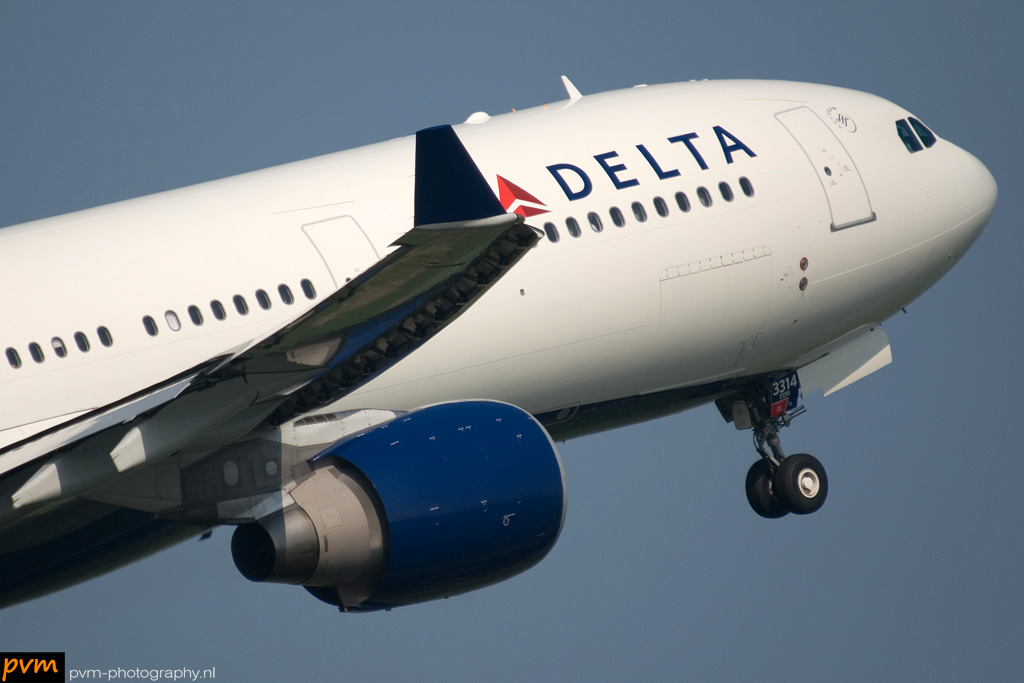Aviation experts, Slack Davis Sanger, weigh in on the latest in a series of turbulence incidents which have resulted in injuries to passengers and crew members
A Delta flight, carrying 151 passengers and 14 crew members, hit severe turbulence on Tuesday as it was approaching Atlanta’s Hartsfield-Jackson International Airport, sending 11 people to the hospital.
Leading cause of inflight injuries – FAA
According to the Federal Aviation Administration, turbulence is the leading cause of injuries to flight attendants and passengers in nonfatal accidents.
It is also one of the most common airline accident types, according to the National Transportation Safety Board (NTSB). The flight originated in Milan, Italy and was about 40 miles northeast of Atlanta when the event occurred.
“Despite improvements in technology, turbulence encounters continue to be an airline safety issue,” said pilot and aviation expert, Ladd Sanger of Slack Davis Sanger. This continues a series of in-flight turbulence incidents which have injured dozens of passengers.
“Turbulence can be difficult to predict, and sometimes flight crews are justifiably unaware of the risk of a turbulence encounter.”
In this event, Sanger notes, there will be a question of whether the Delta pilots should have avoided the turbulence as the outer bands of Hurricane Idalia were approaching the Atlanta area.
[monsterinsights_popular_posts_inline]
Causes of inflight turbulence
Turbulence can be caused by a variety of weather phenomena and varies in severity. According to Sanger, “severe turbulence can cause large and abrupt changes in altitude, large aircraft movements and changes in airspeed and the airplane may be difficult to control.
In some instances of extreme or severe turbulence, structural damage to the aircraft can occur and there is a serious risk of injury to aircraft occupants who are not properly restrained.”
Sanger points out that the Delta turbulence event will invoke the application of the Montreal Convention of 1999 (“Montreal Convention”), which is an international treaty that applies to airline passenger injuries that occur on an international flight.
The Montreal Convention imposes strict liability upon an airline for an injury occurring during a flight, without regard to whether the event was the result of airline negligence.
Sanger adds, “The Montreal Convention was adopted to address this very type of situation. The injured passengers can recover damages for their injuries without having to prove the airline knew or should have known about the risk of a turbulence encounter.”
About Slack Davis Sanger
Since 1993, Slack Davis Sanger has been representing aviation passengers nationally and internationally, with a combined experience of more than 150 years.

Click the banner to subscribe to our weekly newsleter.









